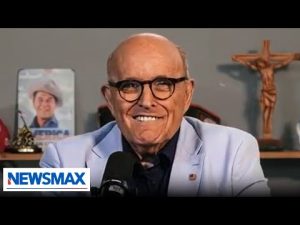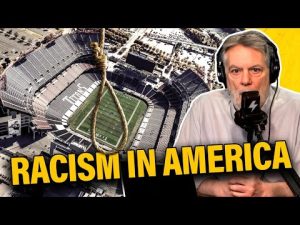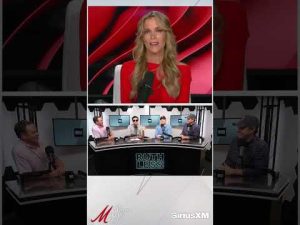In the world of economics, where every tick of the clock can mean big bucks or big problems, President Trump seems to have found himself in a bit of a pickle when it comes to the Federal Reserve and its chair, Jerome Powell. Trump, like a frustrated quarterback throwing multiple passes in the wrong direction, is unhappy with Powell and is considering appointing a replacement sooner than expected. This bold move could create a situation known as a “shadow Fed chair.” But what exactly does that mean? And why are some people raising their eyebrows at this idea?
As of now, Powell’s term as chair ends in May 2026, and he has stirred up some controversy due to his reluctance to lower interest rates significantly. This has led Trump to consider an early transition, potentially naming someone new for the position this summer or fall. The idea is simple: if Trump announces a new candidate, it could effectively make Powell a “lame duck,” limiting his influence in the central banking system while creating an air of excitement and speculation about who this new figure might be.
To set the stage, let’s break down how the Federal Reserve operates. It’s not just one single person calling all the shots; the Fed has a board of governors composed of seven members, all nominated by the president and confirmed by the Senate. While Powell is at the helm, he doesn’t have unlimited power, and there are checks and balances in place. By stirring up the pot and suggesting a “shadow Fed chair,” Trump could be trying to send the market a clear signal about his preferences—a strategy that could backfire if not handled carefully.
But why has the notion of a shadow chair become a topic of discussion in the first place? Well, when faced with a Fed chair who doesn’t align with his views, it appears Trump might be looking for innovative ways to assert control. Still, this tactic raises questions. First, could it actually change anything in the short term? Markets might flounder amidst the confusion. Second, what if the person selected as the shadow chair says something that doesn’t align with Trump’s agenda? Talk about being in a tough spot!
Experts say that creating this shadow position doesn’t necessarily guarantee success. The new appointee might not have the power to sway monetary policy significantly, as the Fed operates on a consensus-based approach. Even if Trump finds his perfect candidate, getting that individual through Senate confirmation could be tricky. The members of the Senate, especially when it comes to such a high-stakes position, are likely to scrutinize the nominee’s temperament and alignment with broader economic principles.
Interestingly, there is a growing cast of characters in this economic drama. Names like Kevin Worsh, a former Fed governor, and Kevin Hasset, currently in Trump’s economic team, are being tossed around as potential successors. But whoever takes the job will face a hefty challenge of balancing Trump’s desires with the intricate workings of a committee that doesn’t always share a singular vision.
As this storyline unfolds, one can’t help but watch with bated breath—will the quest for the shadow Fed chair be a masterstroke or just a game of smoke and mirrors? Only time will tell if this is a clever chess move by Trump or simply a sign of how deeply fractured opinions are within the realm of American economic policy. With stakes increasing, this saga will surely provide plenty of intrigue in the chapters to come.







